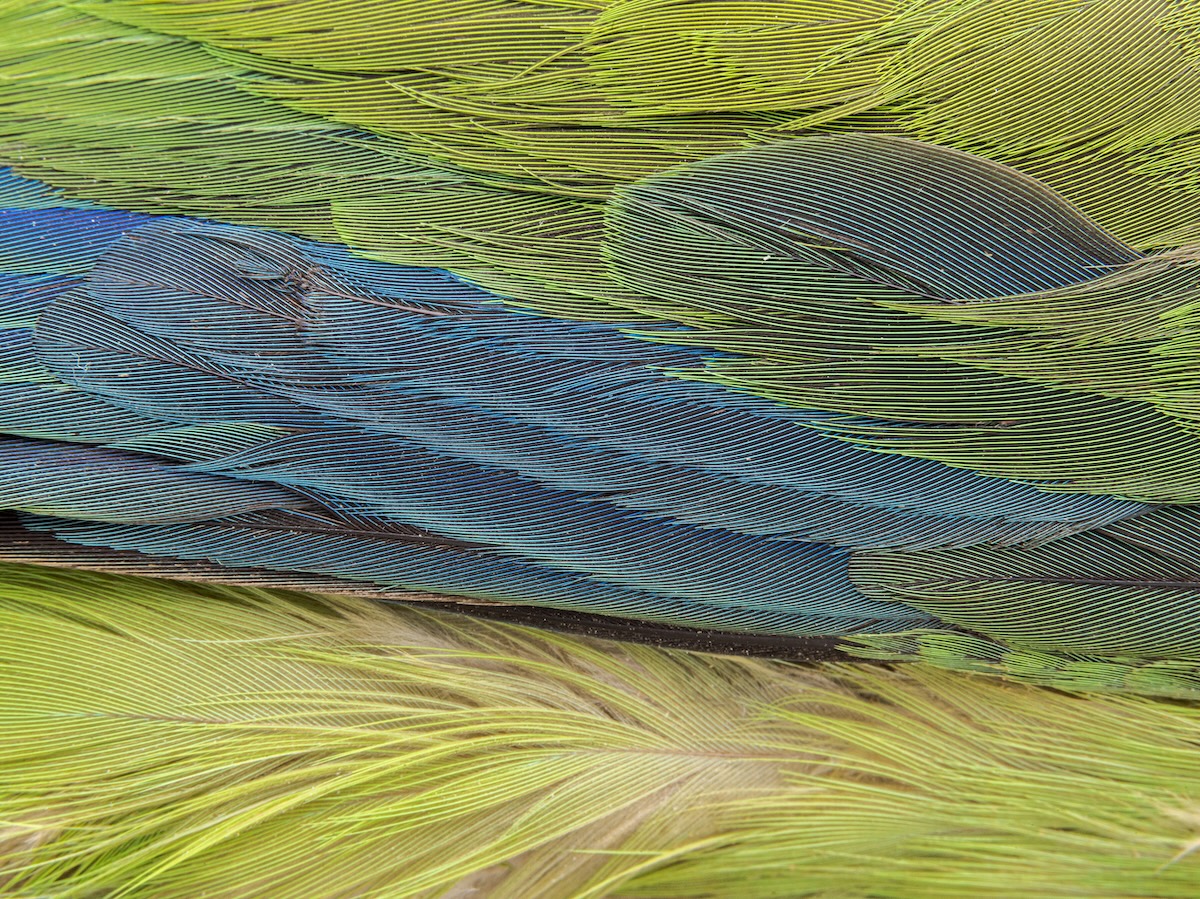BIOARK
© SchirraGiraldi (Manuela Schirra and Fabrizio Giraldi)Between aesthetics and science, historical naturalistic collections acquire new values. In 2024, at Harvard University, biologists sequenced the genome of an extinct, flightless bird of the New Zeland, called the little bush moa, using his DNA extracted from the toe bone of a museum specimen.
The ancient DNAs or the components accumulated in the tissues of museum specimens can today provide fundamental information for future economies. Not just “Jurassic Park”-style biological reconstructions, but also reconstruction of single genes or, much simply, uses such as studying the trend of some pollutants in certain areas and therefore which elements have always existed and which are induced, or even more interesting, investigate traces of the now fundamental rare earth (REEs) thanks to the ability of some tissues to accumulate elements often precisely in the best-preserved parts such as feathers, fur, scales and bones, and therefore museum specimens of the historical naturalistic collections are to be considered as bioaccumuls own of different parts of the world that can help to avoid vain and expensive mining investigations.
Bioark is a visual story through details of the animal specimens collected by the Novara Expedition that interprets and testifies to the future of naturalistic museum specimens.




The Novare Expedition (1857-1859), a conceptual and modern Noah's Ark that collected relics and samples for the progress of humanity, stands out among all the expeditions of the nineteenth century for having collected the highest number of specimens. 26,000 individual samples of natural history were collected, of which 300 mammals, 1,500 birds, 950 amphibians, 2,000 fish, 6,550 shells, 13,000 insects, 950 crustaceans, 500 molluscs, 60 skeletons, 50 skulls, 120 nests and 250 eggs.
150 years ago, over 2 years of navigation and 22 ports between India, Indonesia, China, Australia, New Zealand, Brazil and other countries – Gibraltar, Madeira, Rio de Janeiro, Cape of Good Hope, St. Paul's Island and Amsterdam Island, Ceylon, Madras, Nicobar Islands, Singapore, Java, Manila, Hong Kong, Shanghai, Ponape Island, Sikayana Islands, Sydney, Auckland, Tahiti and Valparaiso.




The museum animal specimens are today significant databases about the alarm disclosed by IUCN (International Union for Conservation of Nature) in 2022, about over 40,000 animal species at risk of extinction, a number that has increased by 30% in just 15 years and the data gets worse year after year.
click to view the complete set of images in the archive




